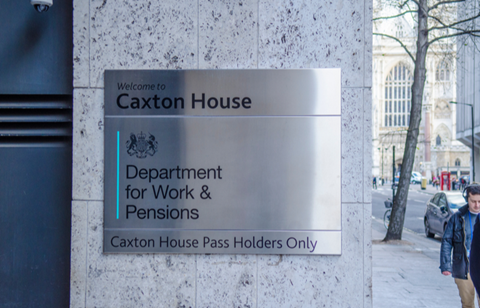
The Department of Work and Pensions (DWP) has reported a mean gender pay gap for 2022 of 5.9%.
The government department’s mean gender pay gap, increased by a 1.7 percentage point from 2021, while its median gender pay gap for 2022 is 0. The overall mean and median hourly difference in pay is £0.91 and zero respectively, because it has proportionally more men than women in its more senior roles.
Meanwhile, its mean bonus gap decreased over the course of the year by a 0.1 percentage point to 14.6% for 2022, while its median bonus gap increased by a 1.2 percentage point to 14.7%. This is a result of 8% of women working at the department receiving a bonus over the past year, compared to 11% of men.
According to the department, its analysis revealed that the pay gap can largely be attributed to the distribution of the workforce, because it has lower female representation in higher or more senior positions. It stated that the gender pay gap continues to be one of its key considerations as it develops its future reward strategy.
Debbie Alder, people capability and place director general at the Department of Work and Pensions, said: “We at DWP actively promote flexible, home-working, job-sharing, and part-time working to support employees with caring responsibilities and encourage a good work-life balance. Awareness and support of those with caring responsibilities is embedded into all our HR policies and our commitment to this is strengthened by DWP’s membership to the Employers for Carers forum.
“We also offer shared parental leave to provide parents with more flexibility in how to share time off work after their child is born or placed for adoption. We encourage and support a shared parental leave policy that exceeds statutory provisions throughout the department.”
















